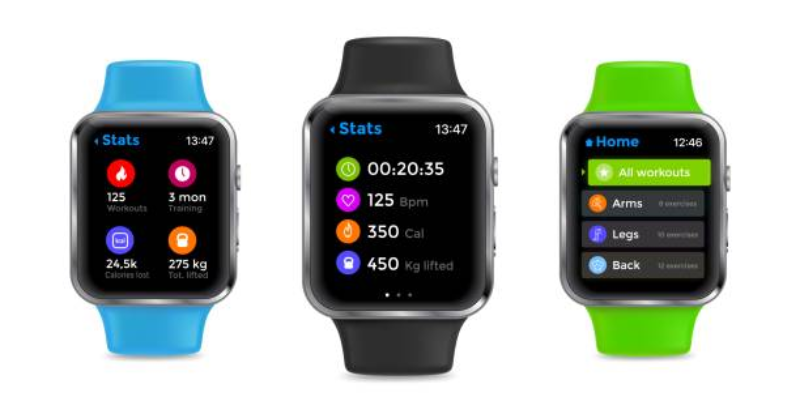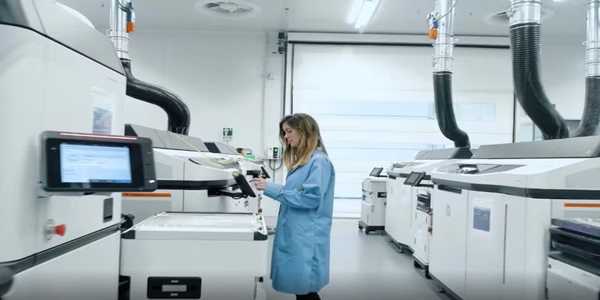The Evolution of Smart Glasses - From Novelty to Necessity
Author: Elison
Have you ever dreamed of a future when your specs correct your eyes and can do much more? Well, say hello to smart glasses, a future when your specs combine technology and spectacle. As you follow through with this exciting journey, you will learn how these gadgets have travelled a long distance, starting with a humble beginning and becoming a present role in transforming industries.
The Rise of Smart Glasses - From Niche to Mainstream
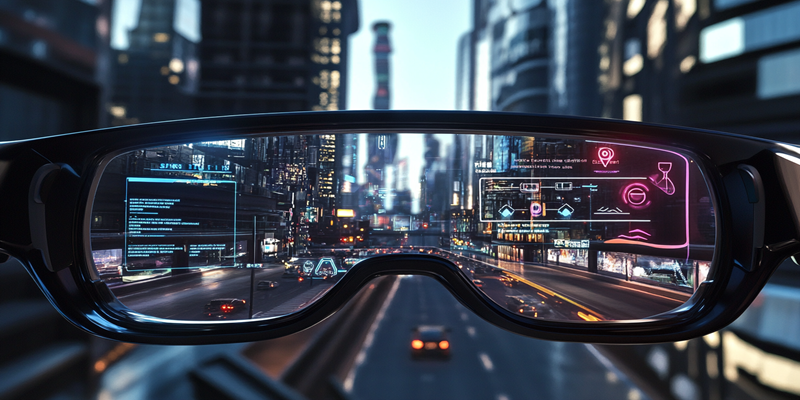
The Challenges of Early Adoption
The initial reception of smart glasses in retail stores was met with scepticism. Their flashy designs and limited functionalities led many to view them as a futuristic gimmick rather than a practical tool. Tech enthusiasts expressed concerns about issues such as poor battery life and privacy. However, the efforts of early pioneers paved the way for significant technological advancements.
Technical Breakthroughs
Technology continued to develop, and smart glasses developed at a breakneck pace. Miniaturization facilitated thinner, lighter forms and increased comfortability. Higher displays produced a nicer picture, and more innovative processors processed increasingly complex programs. Higher batteries and connectivity increased usability in real-life settings.
Broader Application
What started life as a geek toy for technology enthusiasts, smart glasses soon gained new and unimaginable use cases in industries? Surgeons in surgical theatres, warehouse workers, and even tourism and leisure – smart glasses gained a role in all these industries and many, many more. Augmented reality capabilities unlocked new doors in education, tourism, and leisure.
Consumer Adoption
As smart glasses grew smarter and more useful, acceptance grew in the public sphere. Popular app and service integration helped them become a cool device for common citizens. Fashion collaborations helped smart glasses move out of purely utilitarian gadgets and become cool accessories. Over time, smart glasses moved out of a faddish fad and became an increasingly integral part of life.
Modern Features and Functions of Smart Glasses
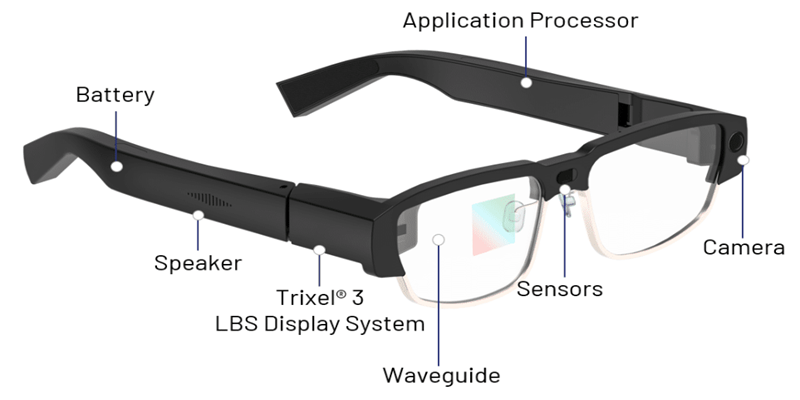
Next-Gen Display Technologies
Modern smart glasses have a long way to go from the early experimental phases. Today's smart glasses have high-resolution displays that integrate seamlessly with real life. Displays utilize cutting-edge technology such as micro-LED and waveguide optics to directly present sharp, rich colours in your field of view. That enables immersive augmented reality experiences at no cost to real-life views.
Hands-Free Interaction
One of the most significant breakthroughs in smart glasses is using them hands-free. Voice commands, supported by advanced AI assistants, make it easy to navigate menus, send messages, and control smart home devices. Some models even feature eye-tracking technology, allowing users to select options by looking at them.
Powerful Hardware and Connectivity
Underneath, modern smart glasses have potent computers in them. Many have custom-designed processors optimized for AR use and low power consumption. These gadgets have a variety of sensors, including accelerometers, gyroscopes, and ambient light sensors, to enable contextual capabilities. Smooth connectivity through Wi-Fi, Bluetooth, and, in a few cases, 5G keeps one in contact and enables cloud-accessed capabilities in motion.
Valuable Applications of Smart Glasses in Industries
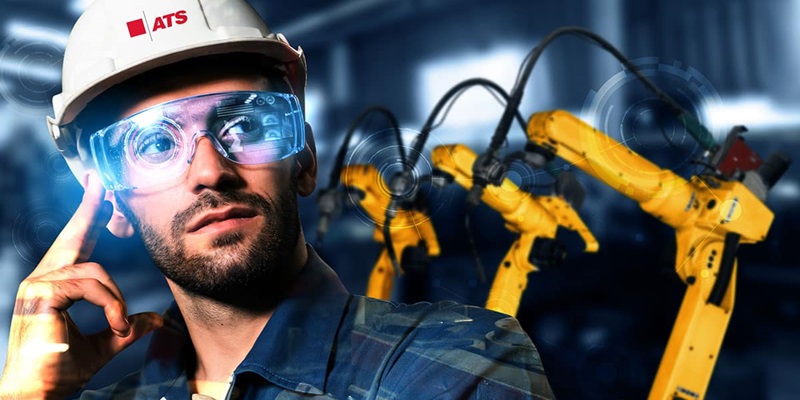
Smart glasses have evolved from their initial novelty to essential tools across various sectors. These wearable devices transform how professionals work, learn, and interact in multiple industries.
Healthcare and Medical Training
Smart glasses provide hands-free access to patient information, real-time vital signs, and medical imaging during surgeries. Surgeons can consult with remote specialists, enhancing both decision-making and patient care. Medical students use these devices for immersive training, allowing them to visualize complex anatomical structures and practice procedures in a virtual environment.
Manufacturing and Maintenance
In manufacturing, smart glasses offer workers instant access to assembly instructions, quality control checklists, and equipment diagnostics. Technicians can troubleshoot issues more efficiently, using augmented reality overlays to guide them through repair procedures. This technology reduces errors, improves productivity, and enhances workplace safety.
Logistics and Warehousing
In the logistics sector, smart glasses streamline order picking and inventory management. Workers receive visual cues for item locations and packing instructions, which increases accuracy and speed. These devices also enable hands-free barcode scanning and real-time inventory updates, optimizing warehouse operations and minimizing manual errors.
The Evolving Design and Style of Smart Glasses
From Bulky to Sleek
The design of smart glasses has undergone a remarkable transformation. Early versions were often clunky and conspicuous, which limited their appeal. However, advancements in technology have led to significant improvements in aesthetics. Modern smart glasses feature sleek frames and lightweight materials that resemble traditional eyewear.
Blending Fashion with Function
Today's smart glasses designers are prioritizing style alongside functionality. Many models now come in various frame shapes, colours, and finishes to suit different tastes and face shapes. This focus on fashion has helped smart glasses transition from purely utilitarian devices to fashionable accessories that users proudly wear daily.
Customization and Personalization
As the market for smart glasses expands, so do customization options. Users can now select from various lens types, including prescription lenses, photochromic options, and specialized coatings. Some manufacturers even offer the ability to 3D print custom frames, ensuring a perfect fit for each user. This level of personalization has significantly boosted the appeal and practicality of smart glasses for a wider audience.
The Future of Smart Glasses: Towards Ubiquity and Integration
Seamless Integration into Daily Life
As smart glasses technology advances, we're moving towards a future where these devices seamlessly blend into our daily routines. No longer just a novelty, smart glasses are poised to become as ubiquitous as smartphones. Imagine walking down the street, your smart glasses discreetly providing real-time navigation, translating foreign languages on signs, and offering contextual information about your surroundings. This level of integration will transform how we interact with the world around us.
Addressing Privacy Concerns
As smart glasses become more commonplace, addressing privacy concerns will be crucial. Future iterations will likely incorporate advanced security features like biometric authentication and encryption to protect user data. Manufacturers must work closely with policymakers to establish guidelines that balance innovation with individual privacy rights. This proactive approach will be essential in fostering public trust and widespread adoption of smart glasses technology.
The Future of Smart Eyewear
Considering the quick pace at which smart glasses have developed, it's apparent that such technology will revolutionize your interaction with the world. From primitive early days to high-tech AR windows, smart glasses have continued to develop astonishingly. Despite obstacles, the range of industries with potential use is enormous. As technology evolves and becomes costly, smart glasses could become as prevalent as smartphones in no time.
